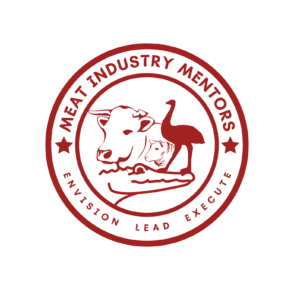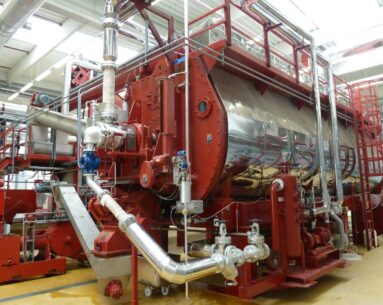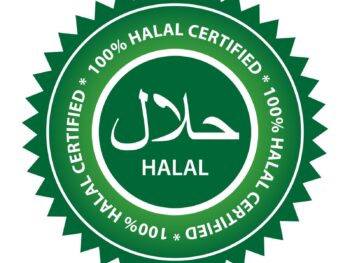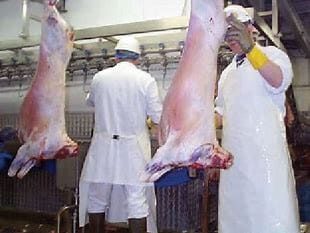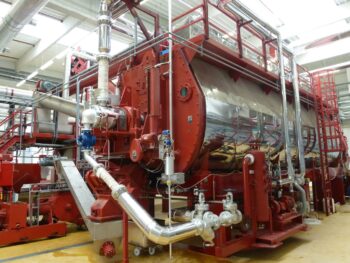In the world of meat processing, rendering plants play a vital role in converting animal by-products into valuable resources such as tallow, soap, and blood bone meal that are subsequently used in various industries such as cosmetics and animal feed production. If you are considering setting up a rendering plant, it's crucial to understand the intricacies involved in its design and operation to ensure a smooth and efficient processing workflow.
what is a Rendering Plant?
Here are some key aspects of rendering plant construction.
Capacity and Efficiency
Rendering plants are designed to handle large volumes of raw materials efficiently. The capacity of rendering plant can vary significantly based on the purpose and location. Modern rendering plants aim for high throughput while ensuring environmental safety compliance.
Equipment and Processing Lines
Rendering plants consist of multiple production lines, each dedicated to spesific tasks.
Designing of the Rendering Plant:
The first step in establishing a rendering plant is to meticulously plan and design the facility layout. Considerations should include zoning requirements, environmental regulations, waste management protocols, and proximity to raw material sources. A well-thought-out design will streamline operations and facilitate a safe and hygienic work environment.
Key aspects of plant design include segregating processing areas to prevent cross-contamination, implementing robust ventilation systems to control odors and emissions, and incorporating state-of-the-art equipment for rendering processes. Additionally, incorporating efficient waste treatment systems will help minimize the plant's environmental impact and adhere to sustainability standards.
Key Equipment includes Batchcookers for processing different types of raw materials.
Meat and bone Meal line. this line handles red meat (meat and bone meal) and typically includes a Batchcooker specifically designed for this purpose.
These Batchcookers are the heart of the production process, ensuring efficient conversion of animal by products into valuable feed additives.
- Sorting and Quality Control:
- Raw materials are sorted based on origin, type, and quality.
- Clear separation ensures that the rendering plant produces consistent and high-quality products.
- Environmental Considerations:
- Rendering plants prioritize safety for both people and the environment.
- Modern equipment minimizes environmental impact and ensures compliance with regulations.
- Efficient processing reduces waste and promotes sustainability.
Training and Safety Measures:
Training the personnel involved in the rendering plant's operation is paramount to ensure that processing is done properly and safely. Employees should receive comprehensive training in handling equipment, managing chemical agents, and adhering to hygiene protocols to prevent contamination risks.
It's also crucial to implement strict safety measures, including providing personal protective equipment (PPE), conducting regular safety audits, and establishing emergency response protocols. Investing in ongoing training and education programs will empower employees to work efficiently and confidently, thereby enhancing the overall productivity of the rendering plant.
Rendering Plant Construction Projects
the-art facility that will specialize in converting various animal by-products into valuable products such as tallow soap and blood bone meal for animal feed.
The rendering plant will adopt advanced technologies and innovative processes to ensure efficient and sustainable operations. From the handling of raw materials to the production of final products, every step will be integrated to maximize resource utilization and minimize waste.
Key features of the rendering plant will include designated areas for processing tallow, producing soap, and manufacturing blood bone meal. Each section will be equipped with specialized machinery and equipment tailored to the specific requirements of the production process.
To ensure the success of this project, thorough planning, design, and strict adherence to regulatory standards will be essential. Additionally, comprehensive training programs will be developed to educate and empower employees with the necessary skills to operate the plant safely and efficiently.
Overall, this project aspires to establish a rendering plant that sets new industry standards for quality, sustainability, and responsible waste management. By transforming by-products into valuable commodities, the plant will not only create economic opportunities but also contribute to a more environmentally friendly meat industry.
- FeedNova: Europe’s Most Modern Rendering Plant:
- One remarkable example is FeedNova, the largest modern rendering plant in Ukraine.
- After two years of construction and installation, FeedNova officially opened in Kyiv in June 2021.
- With a capacity of over 130 tons per day, FeedNova aims to create the best nutrient values in the market.
- It utilizes state-of-the-art technology to convert animal by-products into valuable resources.

Conclusion
Building and operating a rendering plant is a complex endeavor that demands careful planning, meticulous design, and stringent operational protocols. By focusing on the key aspects of plant design, training, and safety measures, you can establish a rendering plant that not only produces high-quality tallow, soap, and blood bone meal but also operates in a sustainable and responsible manner.
How we can offer our guidanceAt Meat Industry Mentors, we offer expert guidance and support to aspiring entrepreneurs in the meat industry to help them navigate the challenges of setting up and managing rendering plants. Contact us today to learn more about how we can assist you in realizing your vision of a successful rendering plant operation
Remember, responsible processing leads to quality products and a sustainable future for the industry.
Rendering plants play a crucial role in resource utilization and waste reduction. Their construction involves intricate planning, advanced equipment, and a commitment to environmental responsibility. FeedNova stands as a testament to innovation and efficiency in rendering plant design.
For more details, you can explore the case study on Europe’s Most Modern Rendering Plant by Mavitec Rendering 1.
Remember, rendering plants contribute to sustainable practices by transforming animal by-products into valuable commodities. 🌱🐾🔥
